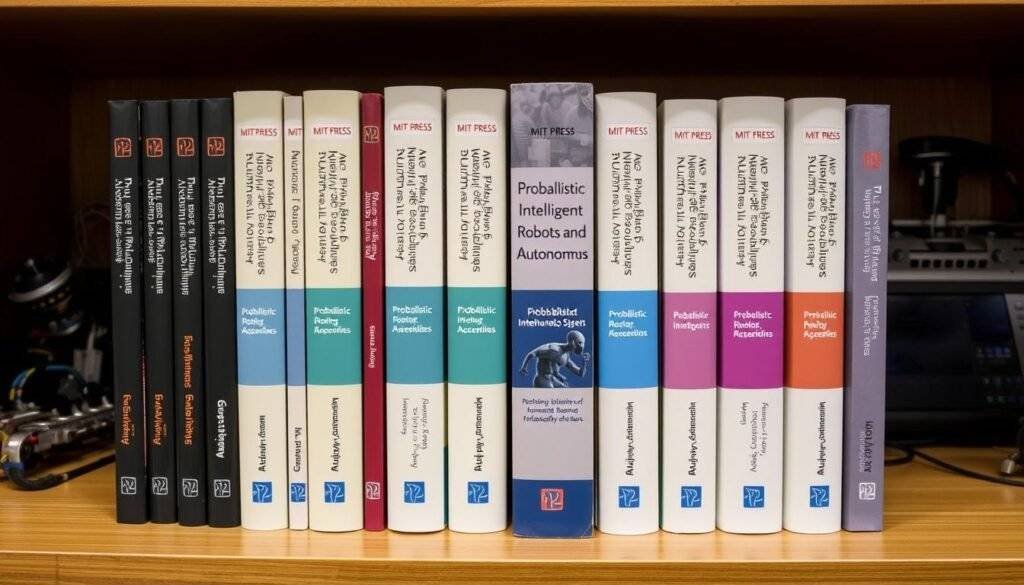The Probabilistic Intelligent Robotics and Autonomous Agents Series: A Comprehensive Overview
The MIT Press series featuring groundbreaking works in robotics and autonomous systems
Published by MIT Press, the Probabilistic Intelligent Robotics and Autonomous Agents series represents a collection of nine specialized books that explore the cutting edge of robotics research and development. The series brings together work from leading researchers and practitioners in the field, offering both theoretical foundations and practical implementations.
The flagship title, “Probabilistic Robotics” by Sebastian Thrun, Wolfram Burgard, and Dieter Fox, serves as the cornerstone of the series. This seminal work introduces readers to the techniques and algorithms that form the backbone of modern robotics systems capable of functioning reliably in uncertain environments.
Explore the Complete Series
Discover all nine volumes in the Probabilistic Intelligent Robotics and Autonomous Agents series, available in both hardcover and Kindle formats.
Key Titles in the Series
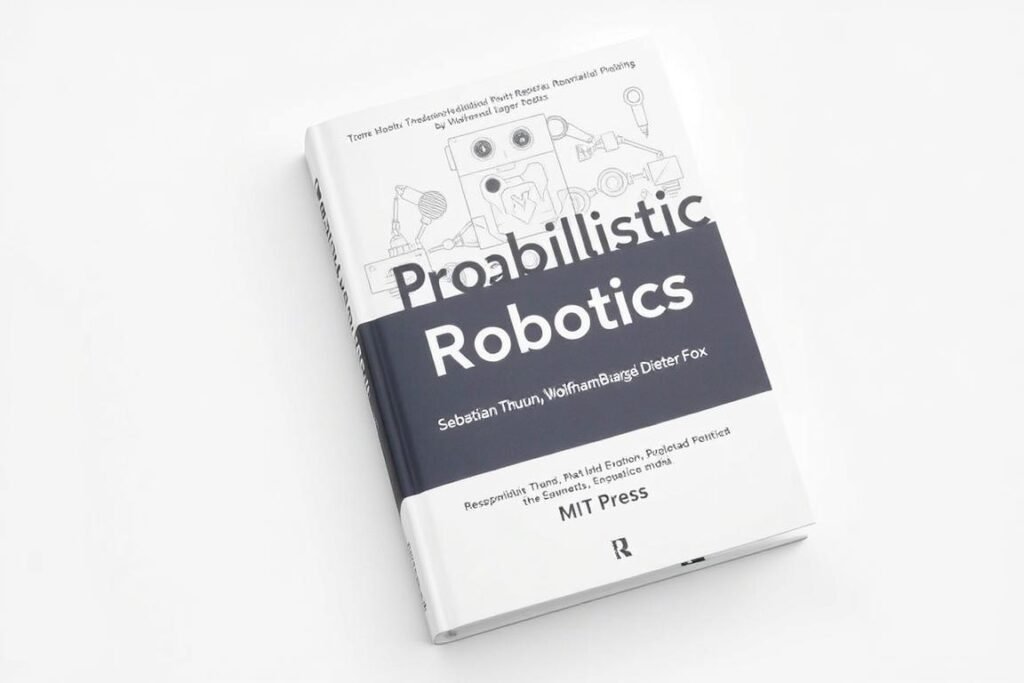
Probabilistic Robotics
The foundational text by Sebastian Thrun, Wolfram Burgard, and Dieter Fox that introduces probabilistic techniques for perception and control in robotics.
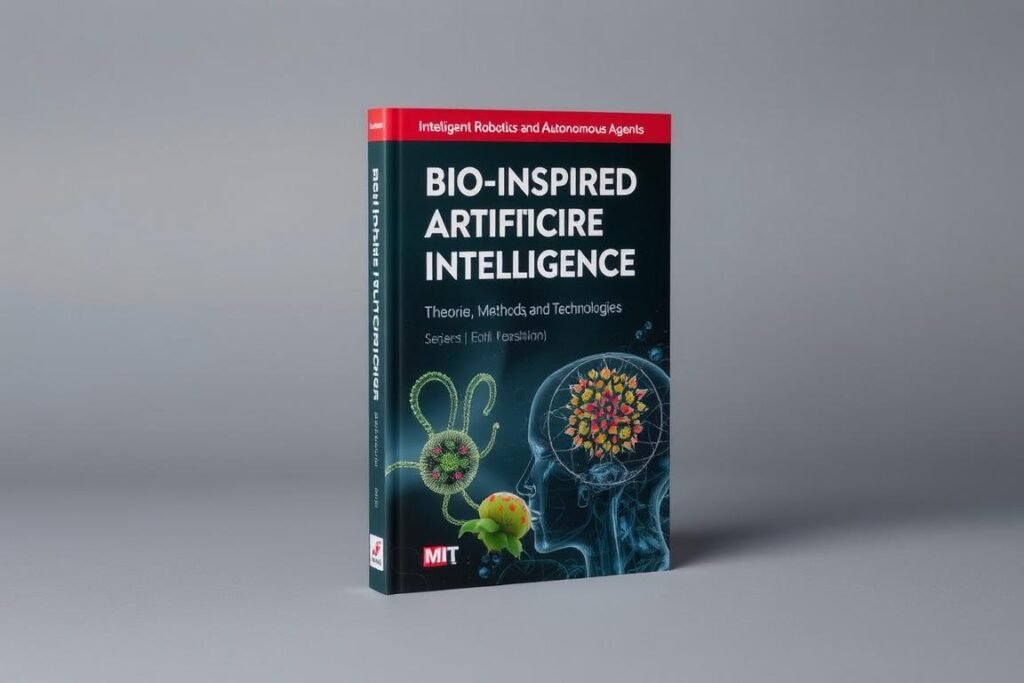
Bio-Inspired Artificial Intelligence
Explores computational approaches inspired by biological systems, from evolutionary computation to swarm intelligence.
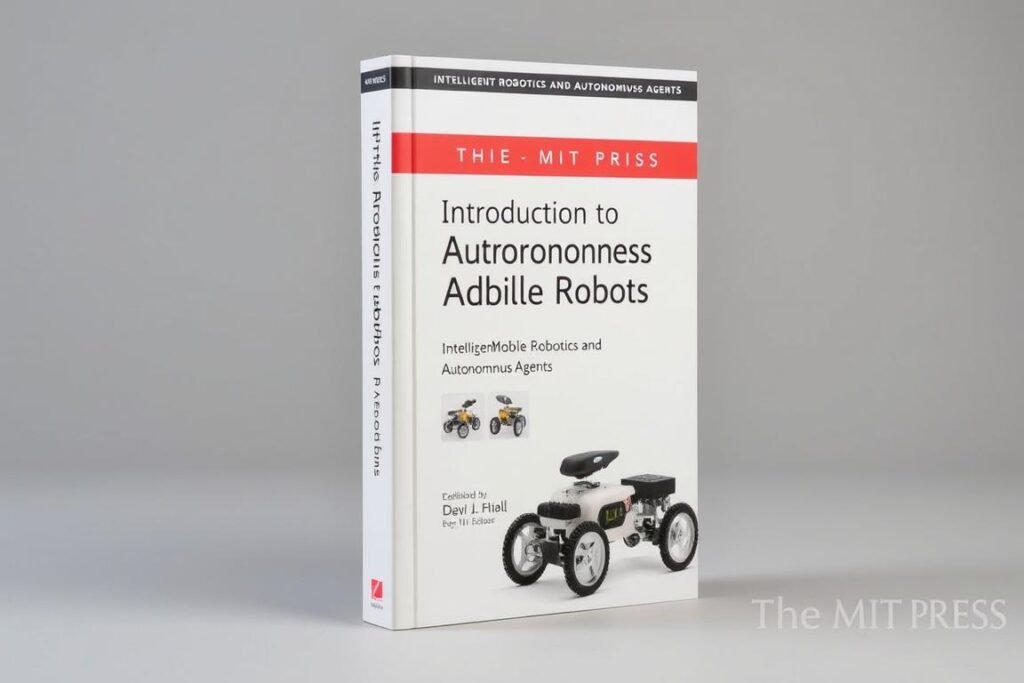
Introduction to Autonomous Mobile Robots
A comprehensive introduction to all aspects of mobile robotics, from algorithms to mechanisms.
Core Concepts in Probabilistic Robotics
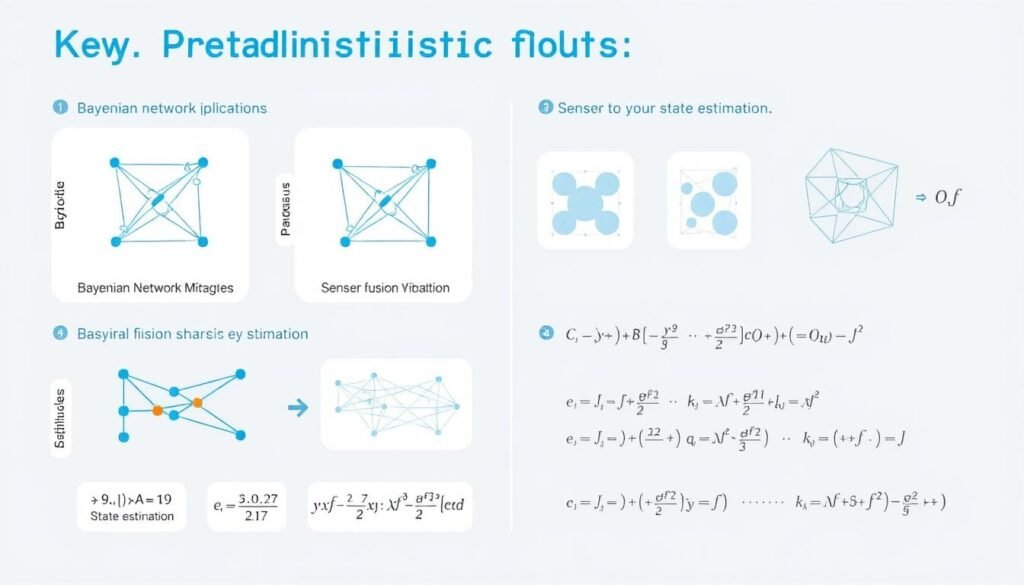
The Probabilistic Intelligent Robotics and Autonomous Agents series introduces several fundamental concepts that have transformed the field of robotics. At its core, the series emphasizes the importance of handling uncertainty in robotic systems through probabilistic methods.
Bayesian Filtering and State Estimation
One of the central themes across the series is Bayesian filtering for state estimation. This approach allows robots to maintain beliefs about their state and the environment despite noisy sensor readings and imperfect control actions. The Kalman filter and particle filter implementations detailed in the series have become standard tools in robotics applications ranging from localization to mapping.
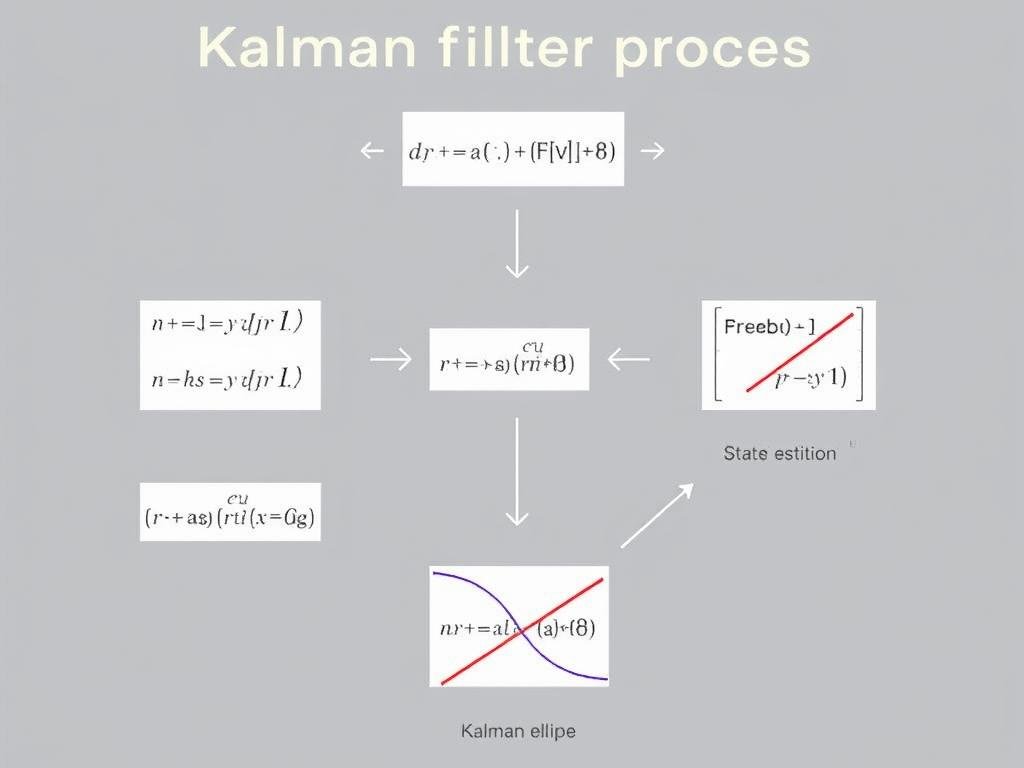
Simultaneous Localization and Mapping (SLAM)
The series provides extensive coverage of SLAM techniques, which enable robots to build maps of unknown environments while simultaneously tracking their position within these maps. This chicken-and-egg problem represents one of the most significant challenges in robotics, and the probabilistic approaches detailed in the series have led to breakthrough implementations in autonomous vehicles and mobile robots.
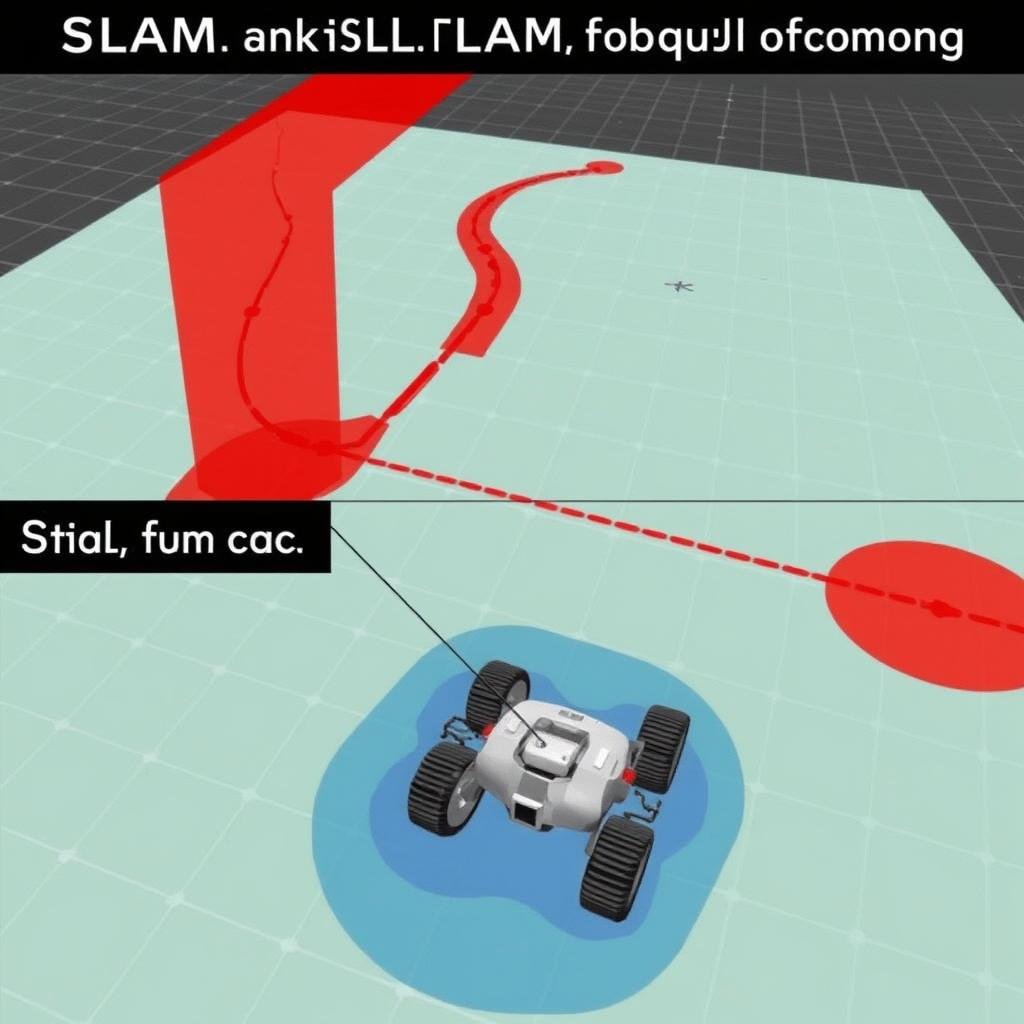
Key SLAM Algorithms Covered:
- Extended Kalman Filter (EKF) SLAM
- FastSLAM using particle filters
- Graph-based SLAM approaches
- Visual SLAM techniques
- RGB-D mapping methods
Decision-Making Under Uncertainty
Another crucial aspect explored throughout the series is how robots can make optimal decisions despite incomplete information. Markov Decision Processes (MDPs) and Partially Observable MDPs (POMDPs) provide the mathematical framework for planning and control under uncertainty, enabling robots to reason about the consequences of their actions.
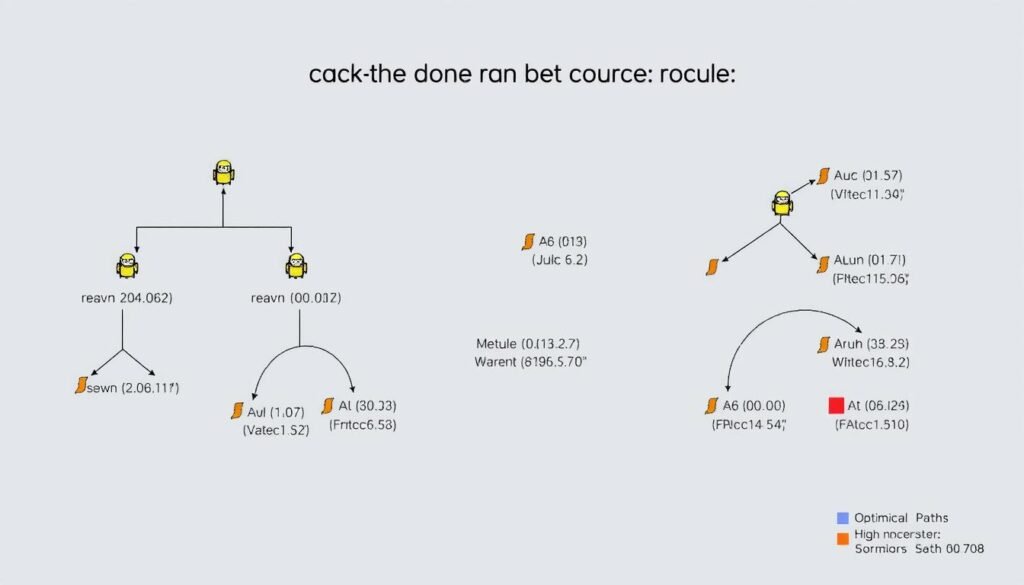
“Probabilistic robotics endows robots with a new level of robustness in real-world situations. This approach introduces the reader to a wealth of techniques and algorithms in the field, all based on a single overarching mathematical foundation.”
Real-World Applications of Probabilistic Robotics
The theoretical concepts presented in the Probabilistic Intelligent Robotics and Autonomous Agents series have found widespread application across numerous industries. These implementations demonstrate the practical value of probabilistic approaches in creating robust autonomous systems.
Autonomous Vehicles
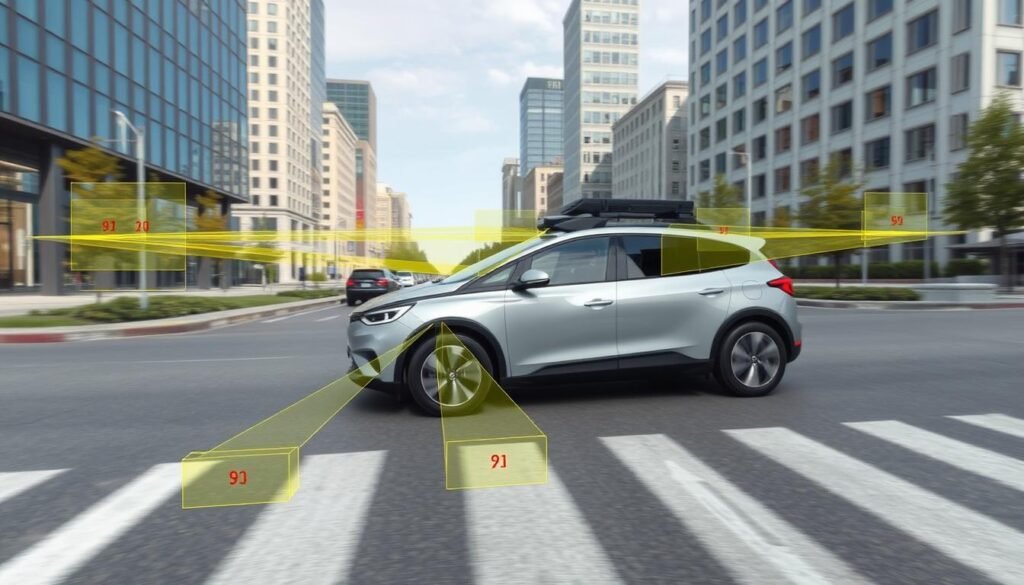
Self-driving vehicles represent one of the most visible applications of probabilistic robotics. The localization, perception, and decision-making algorithms detailed in the series form the backbone of autonomous navigation systems. Sebastian Thrun, one of the series’ prominent authors, led the Stanford team that won the DARPA Grand Challenge in 2005, demonstrating the practical application of these concepts.
Key Autonomous Vehicle Applications:
- Real-time localization using particle filters
- Environmental mapping and obstacle detection
- Path planning and trajectory optimization
- Traffic prediction and interaction modeling
- Sensor fusion across multiple modalities
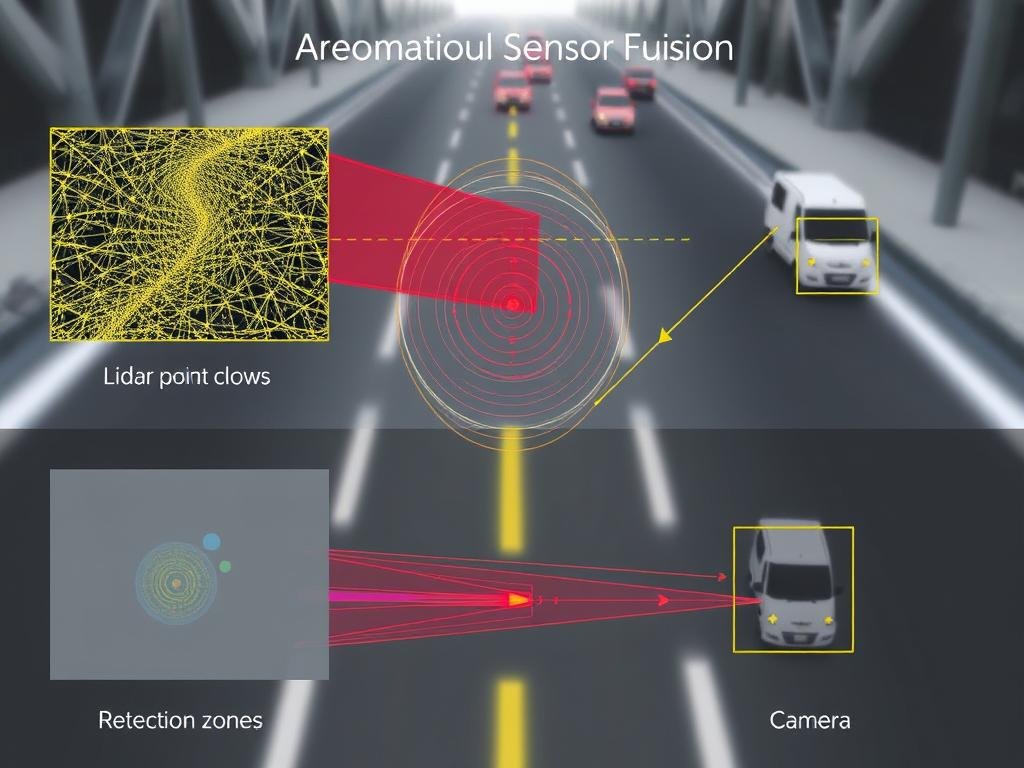
Industrial Robotics and Automation
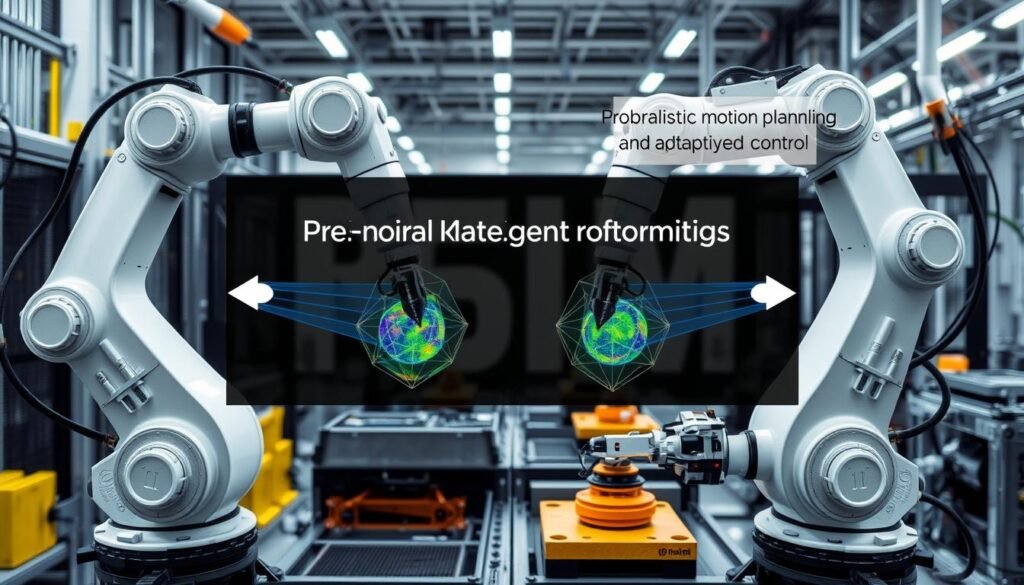
Manufacturing and logistics have been transformed by the application of probabilistic robotics. The series’ coverage of motion planning, grasping, and manipulation has enabled the development of flexible automation systems that can adapt to variations in their environment and handle uncertainty in object positions and properties.
Disaster Response and Search & Rescue
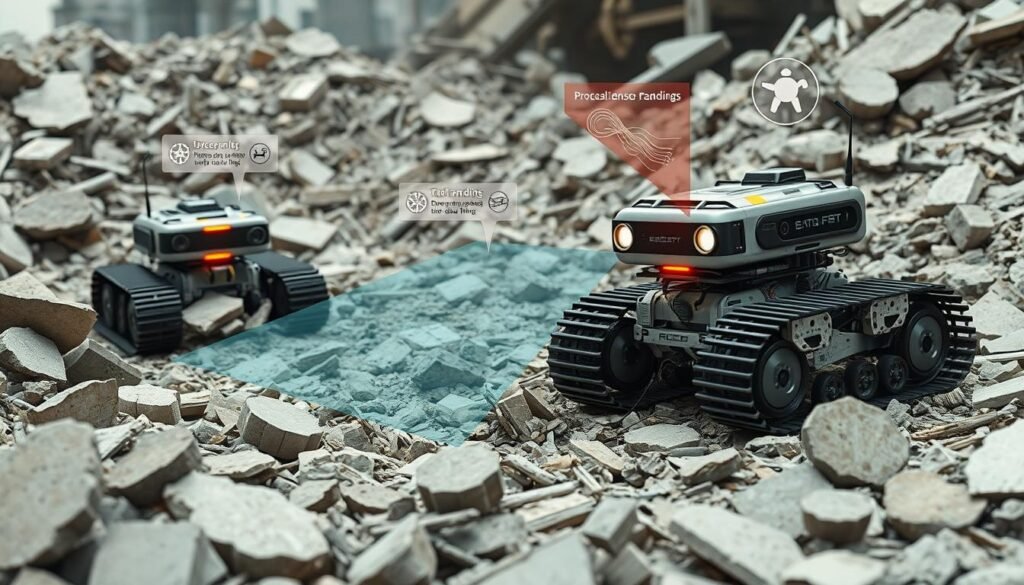
The book “Disaster Robotics” in the series specifically addresses how probabilistic methods enable robots to navigate and function in the chaotic, unstructured environments typical of disaster scenarios. These applications highlight how robots can operate effectively despite extreme uncertainty in sensing and control.
Deepen Your Understanding
Explore how probabilistic methods are transforming robotics across industries with the definitive book series from MIT Press.
Key Takeaways for Robotics Engineers and AI Researchers
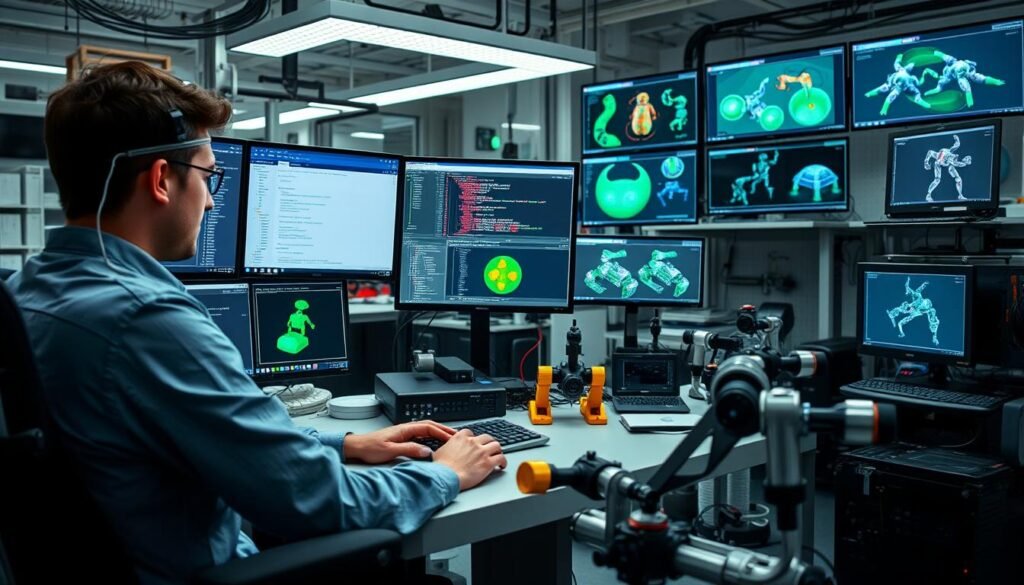
1. Uncertainty Management is Fundamental
The series emphasizes that explicitly modeling and managing uncertainty is not optional but fundamental to creating robust robotic systems. Engineers should incorporate probabilistic techniques from the earliest design stages rather than treating uncertainty as an afterthought.
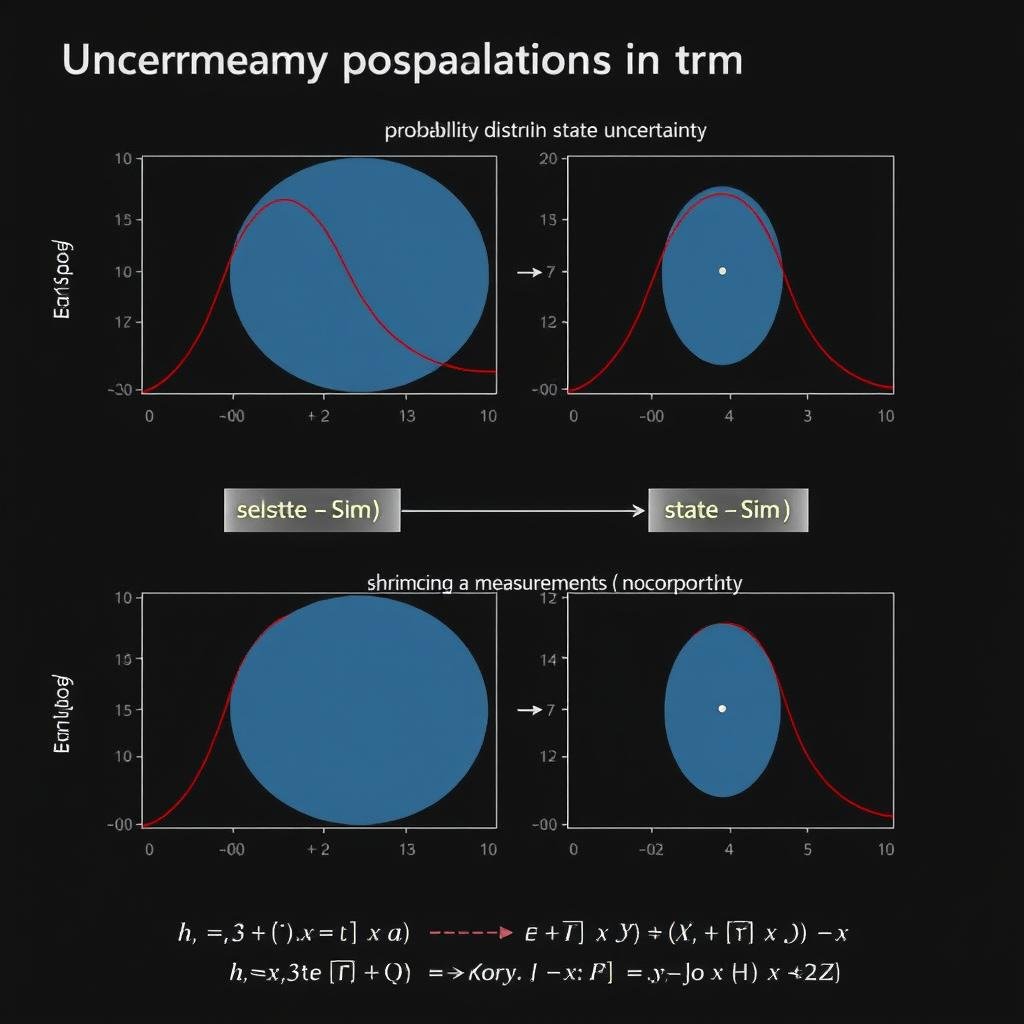
2. Unified Mathematical Framework
One of the series’ greatest contributions is presenting diverse robotics problems within a unified Bayesian mathematical framework. This approach allows researchers to transfer insights across different domains and applications while maintaining a consistent theoretical foundation.
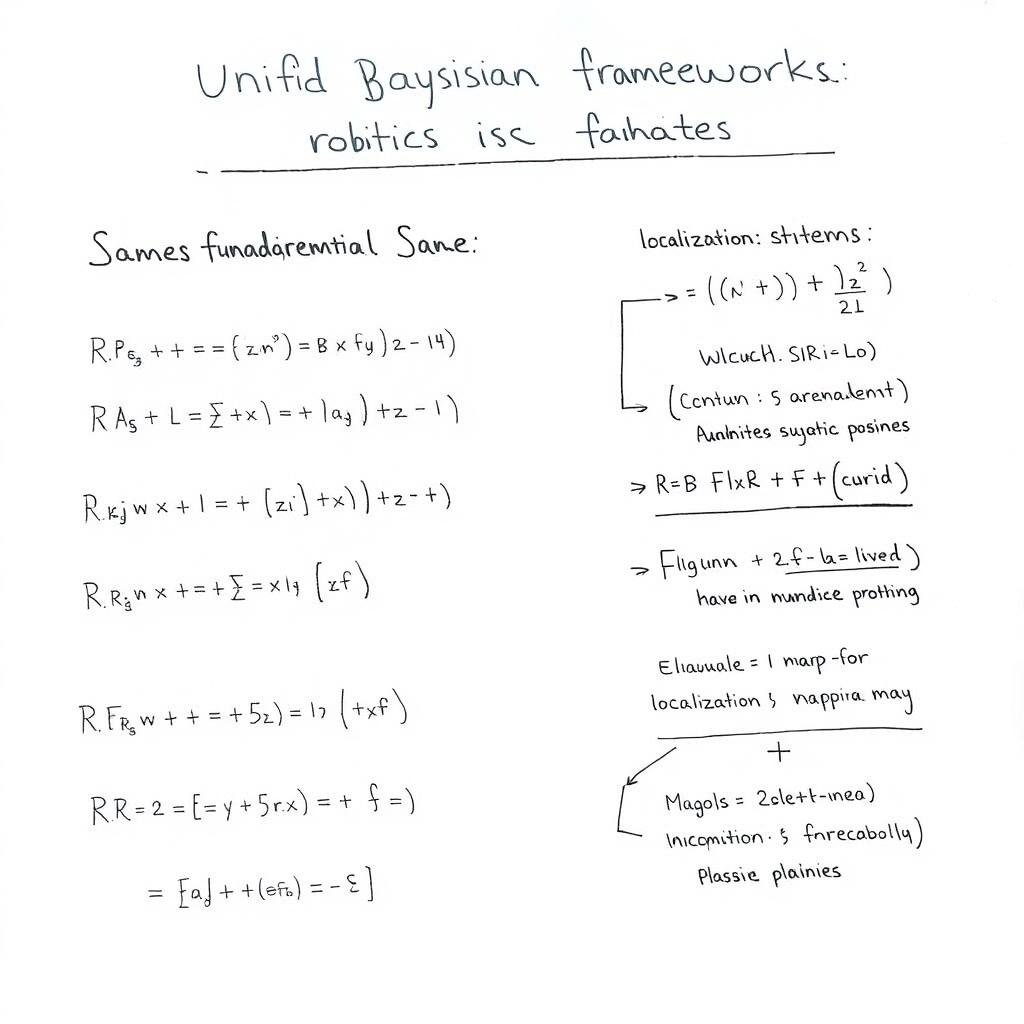
3. Implementation Details Matter
The series goes beyond theory to address practical implementation challenges. The pseudo-code algorithms, computational considerations, and real-world examples provide crucial guidance for translating theoretical concepts into functioning systems.
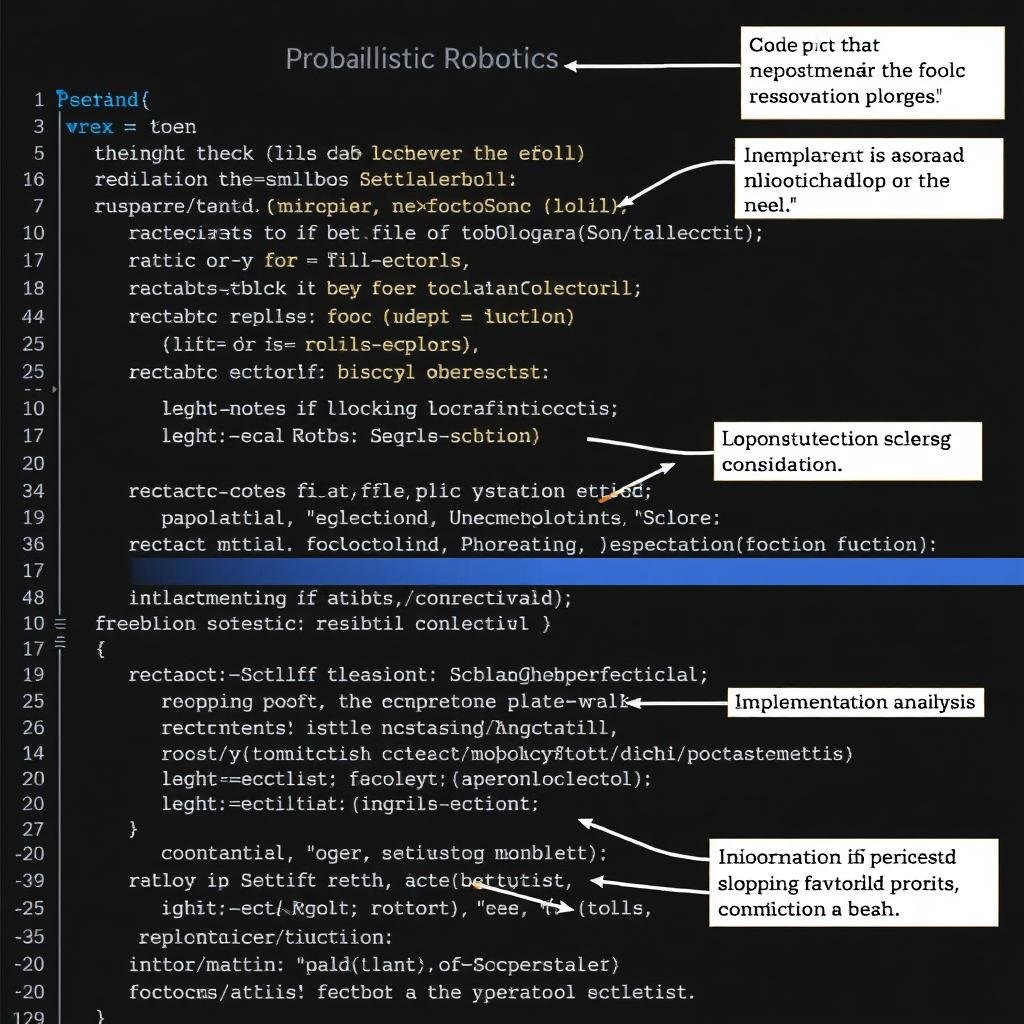
4. Multi-Disciplinary Integration
The series demonstrates how robotics benefits from integrating knowledge across multiple disciplines, including computer science, statistics, control theory, and mechanical engineering. This cross-pollination of ideas has been crucial to advancing the field.
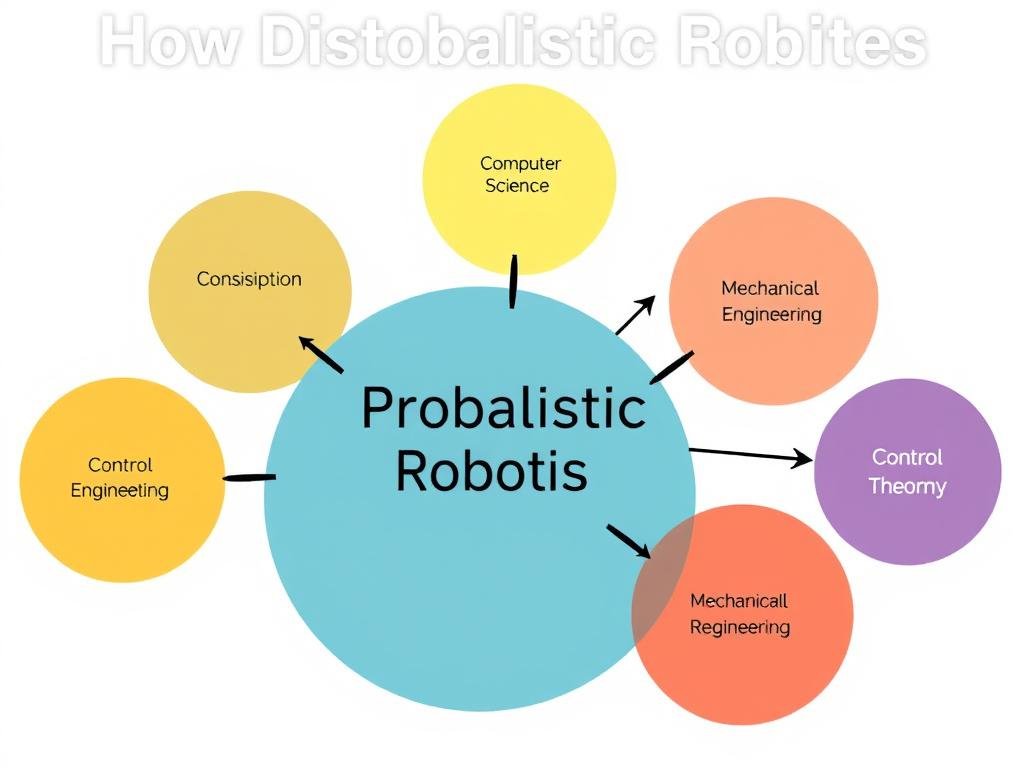
5. Simulation-to-Reality Transfer
A recurring theme throughout the series is the importance of bridging the gap between simulation and real-world deployment. The probabilistic approaches detailed provide robust methods for handling the inevitable differences between models and reality.
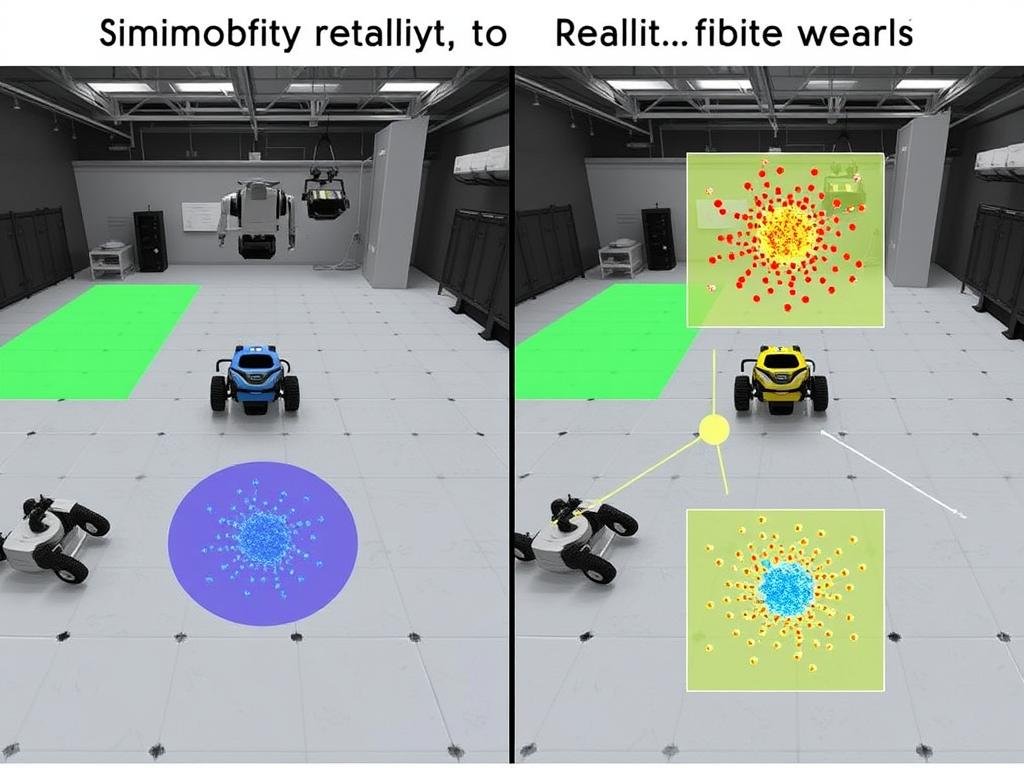
The Impact and Legacy of the Series
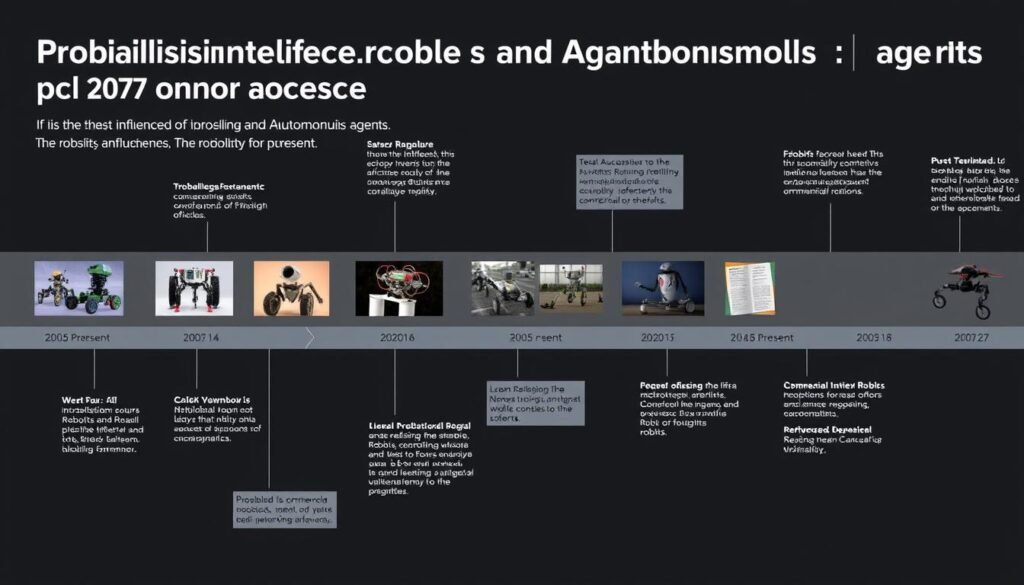
Since its inception, the Probabilistic Intelligent Robotics and Autonomous Agents series has profoundly shaped both academic research and commercial applications in robotics. The series has become standard reading in graduate-level robotics courses worldwide and has influenced countless research projects and commercial products.
Academic Influence
The series has accumulated thousands of citations in academic literature, with “Probabilistic Robotics” alone being referenced in over 17,000 scholarly works according to Google Scholar. The mathematical frameworks and algorithms presented have spawned numerous research directions and extensions.
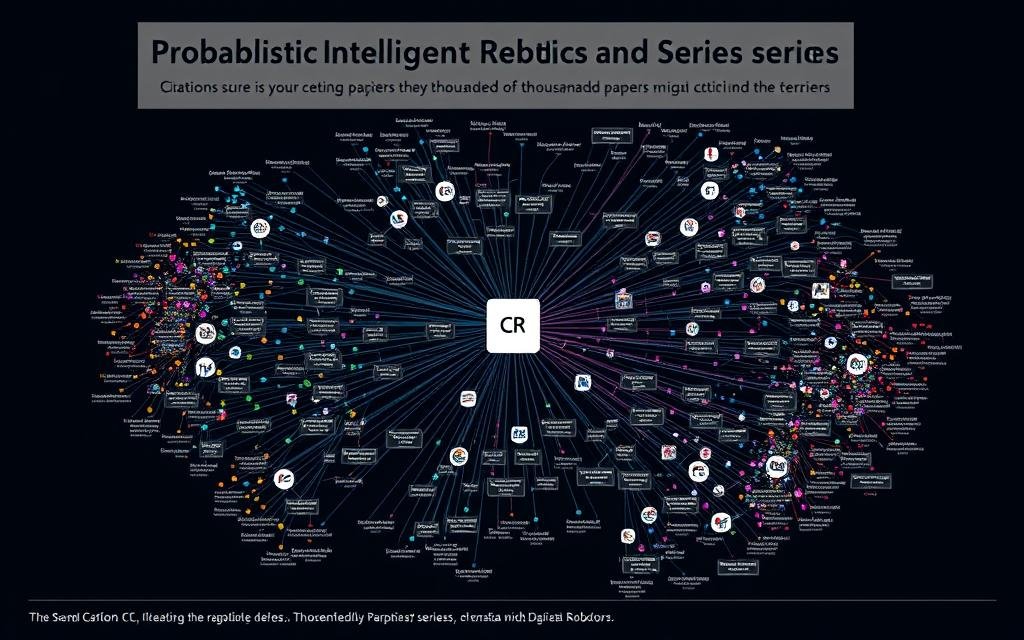
Commercial Applications
Beyond academia, the series has directly influenced commercial robotics development. Companies like Waymo (formerly the Google Self-Driving Car Project), Boston Dynamics, and iRobot have implemented algorithms and approaches detailed in these books. The authors themselves have founded influential companies, with Sebastian Thrun establishing Udacity and playing a key role in Google’s autonomous vehicle program.
“The algorithms are laid out and explained at different depths of understanding, which sometimes allows them to be used without reading the rigorous mathematical derivations that are included. Within the first week of having this book, I found that my method of estimating odometry could be improved with a different estimation.”
Future Directions in Probabilistic Robotics
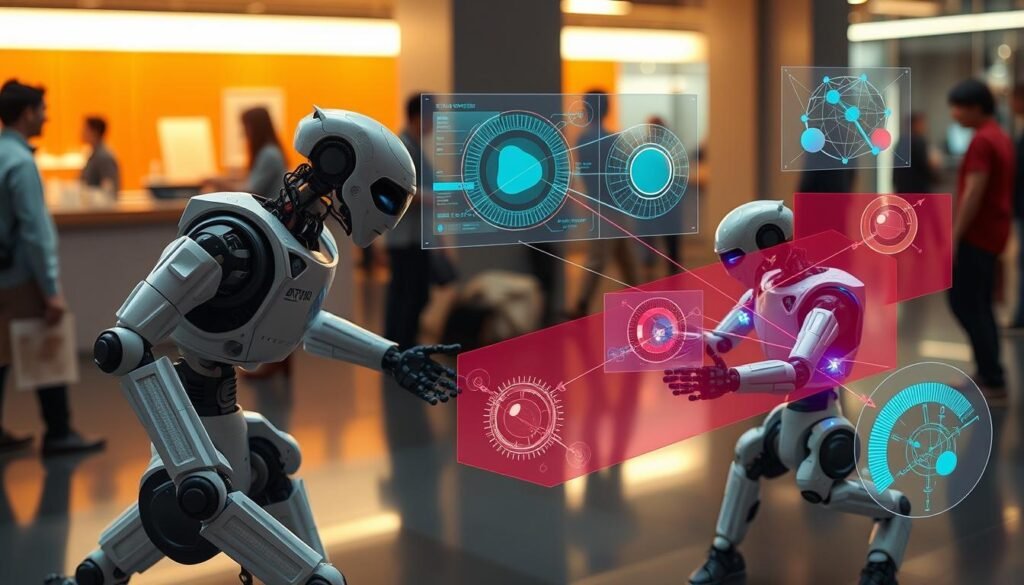
The foundations established in the Probabilistic Intelligent Robotics and Autonomous Agents series continue to evolve as the field advances. Several emerging research directions build upon the core concepts while addressing new challenges and opportunities.
Deep Probabilistic Models
The integration of deep learning with probabilistic methods represents a significant frontier. Techniques like variational autoencoders and normalizing flows allow for more expressive uncertainty representation while leveraging the pattern recognition capabilities of neural networks.
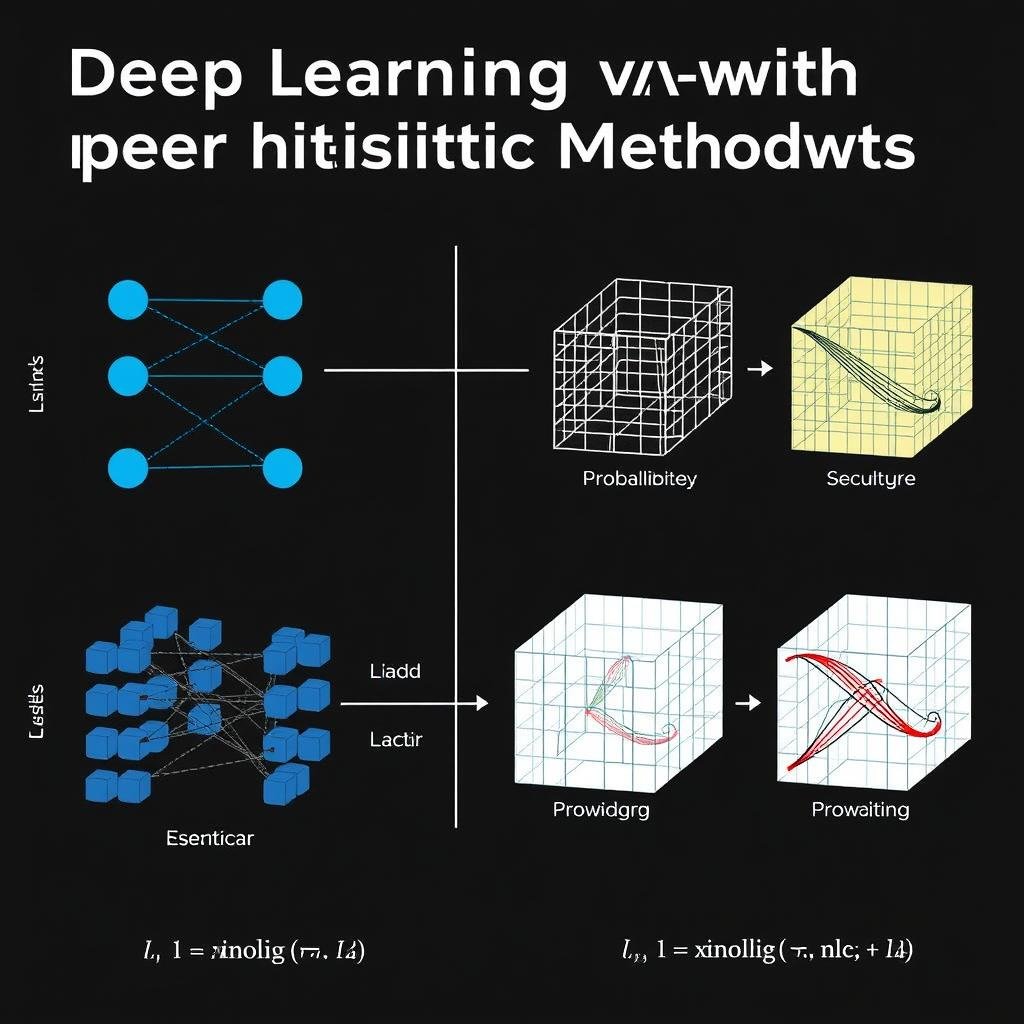
Multi-Agent Systems
As robots increasingly operate in shared spaces, probabilistic methods for multi-agent coordination and collaboration have become essential. Game-theoretic approaches combined with probabilistic reasoning enable robots to predict and respond to other agents’ behaviors.
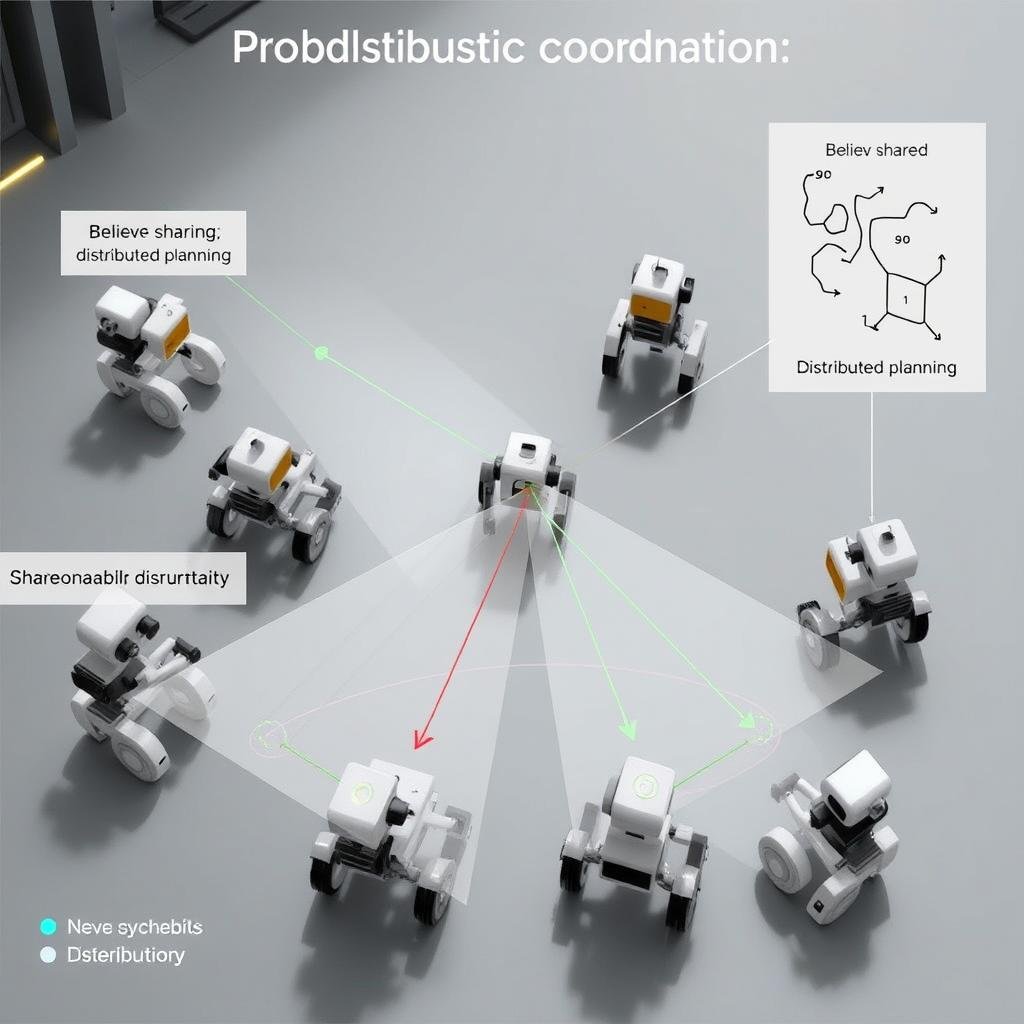
Human-Robot Interaction
Probabilistic models of human behavior and intention have become crucial for robots that work alongside people. The series’ approaches to uncertainty handling provide a foundation for robots that can safely and intuitively collaborate with human partners.
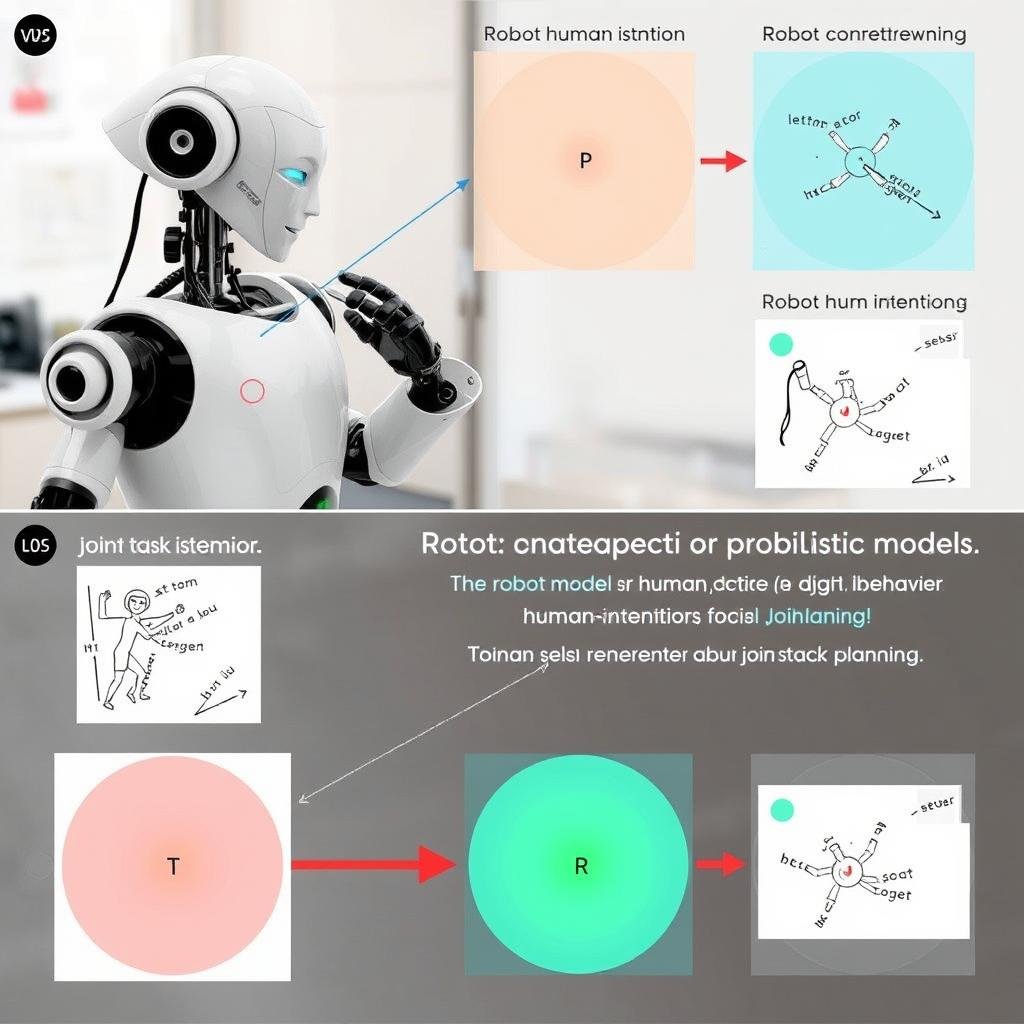
Stay at the Cutting Edge
The Probabilistic Intelligent Robotics and Autonomous Agents series provides the foundation for understanding tomorrow’s robotic systems.
Conclusion: The Enduring Value of Probabilistic Approaches
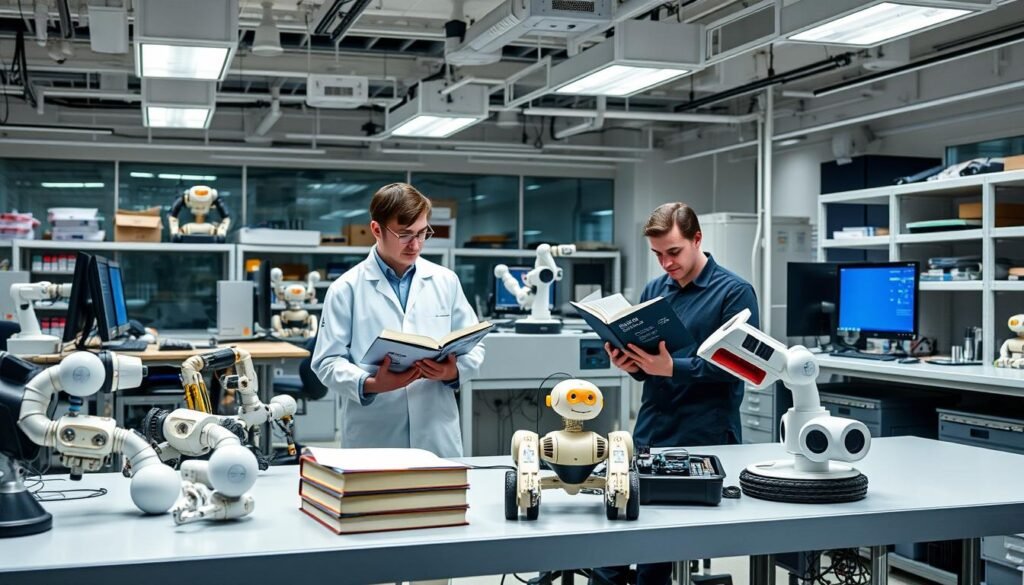
The Probabilistic Intelligent Robotics and Autonomous Agents series stands as a testament to the power of rigorous mathematical foundations in advancing practical robotics applications. By embracing uncertainty rather than avoiding it, the probabilistic approach has enabled robots to function reliably in complex, dynamic environments that would otherwise be intractable.
For robotics engineers, AI researchers, and students entering these fields, the series provides not just algorithms and techniques, but a coherent philosophical approach to building intelligent systems. The emphasis on probabilistic reasoning, Bayesian methods, and explicit uncertainty representation offers a robust framework that continues to prove its value across diverse applications.
As robotics continues to advance into increasingly complex domains and applications, the foundational principles established in this series will remain relevant. The integration of these probabilistic approaches with emerging technologies like deep learning, reinforcement learning, and advanced sensing modalities promises to further extend the capabilities of autonomous systems.
Begin Your Journey into Probabilistic Robotics
Whether you’re a seasoned researcher or just starting in the field, the Probabilistic Intelligent Robotics and Autonomous Agents series offers essential knowledge for building the next generation of intelligent systems.

